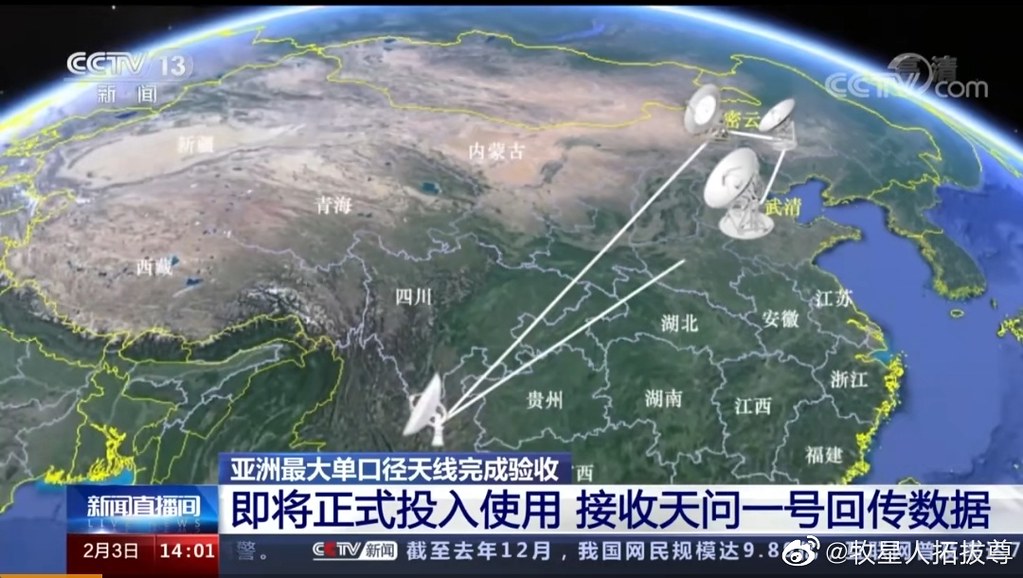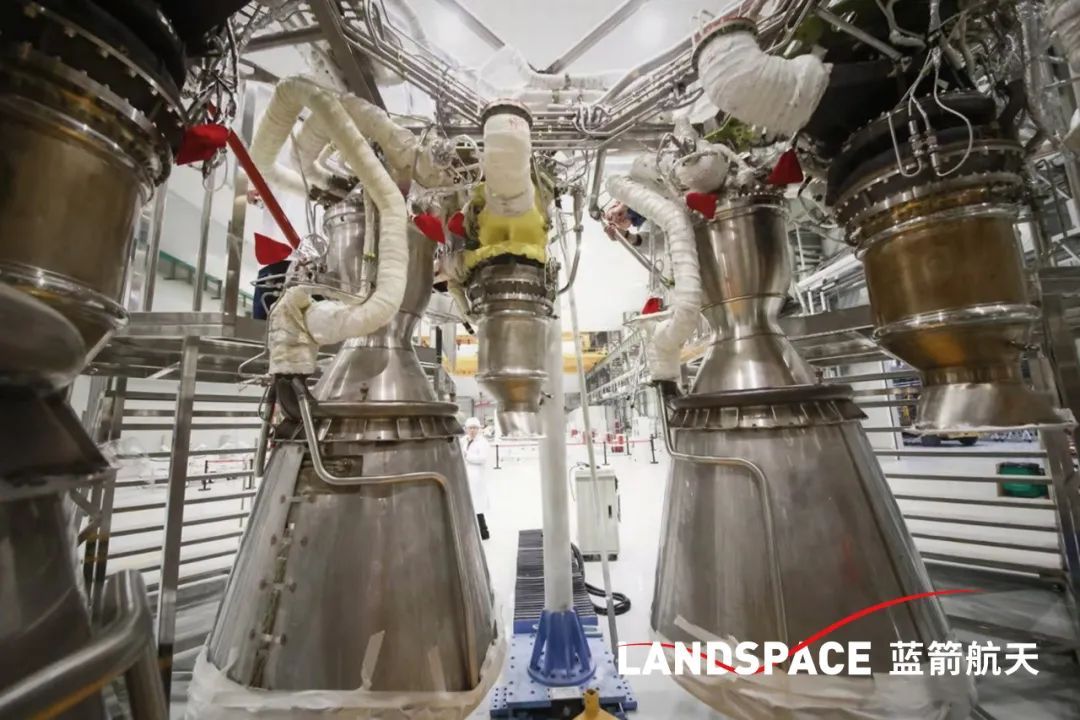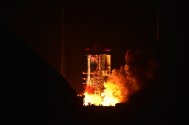Quickie
Colonel
Well, finding the cause of the problem is an unspoken given.
No one can succeed in space at all if they can't find the cause of problems.
There is a concept in programming called It means that you release each piece of software iteratively as it becomes available, rather than waiting for an entire project to finish to release all in one go-- project managers have found that this provides efficiency as smaller bits of the product can be rolled out to production and start adding value immediately. Meanwhile, you can learn from these small rollouts and customer requirements can change.
A series of smaller, iterative launches is essentially applying this concept to space. SpaceX has made rapid progress this way.
Building rockets is very much different than writing software. There's zero cost in rewriting a few lines of a program.
Rebuilding/modifying rockets on the other hand is a very costly and time-consuming process. It's still to be seen whether blowing up Starship in its prototyping stage that frequently really helps in its development in an efficient and safe way, as it's still in the early stages of testing using a very different engine as the intended Raptor engine is still in development. (Personally, I have my doubt in this regard.)









